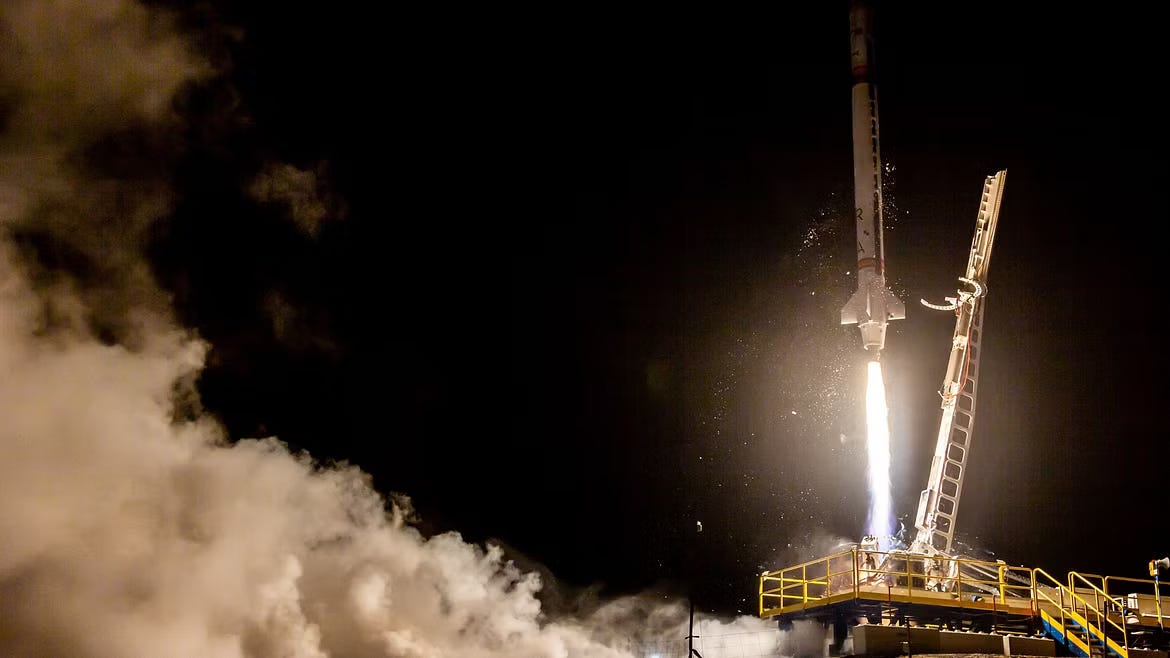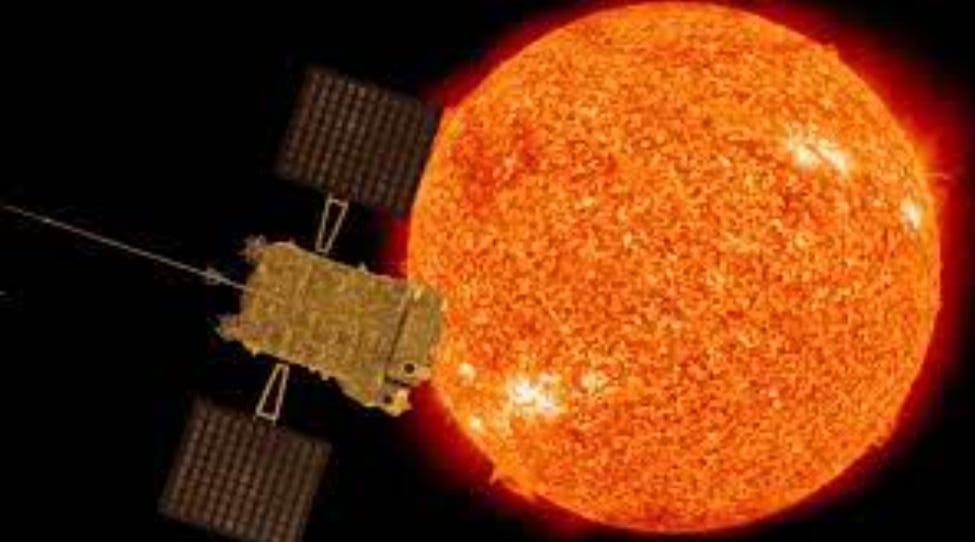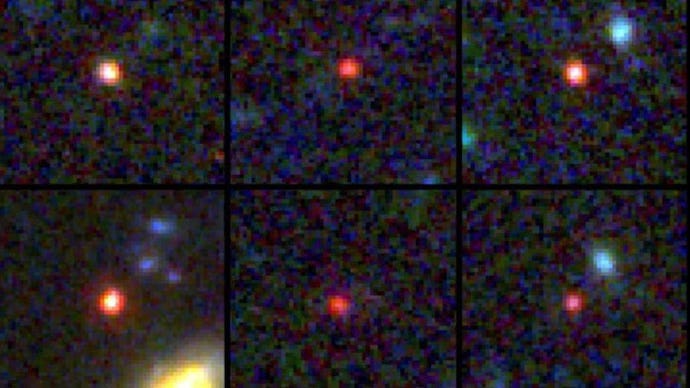Weekly - Simulation uncovers truth behind size of early galaxies and more
Weekly Space News - Quick and Easy
Spanish startup launches first satellite from EU soil
Last week the Spanish startup PLD Space successfully launched its first rocket into space. This launch was also the first-ever successful rocket launch from European Union soil making it a massive achievement.
Aditya-L1 undergoes Trajectory Correction Manoeuvre
ISRO’s Aditya-L1 solar mission performed its planned Trajectory Correction Maneuver (TCM) recently. The maneuver was a previously planned one needed to correct the course of the spacecraft so that it is put into its necessary orbit position. The spacecraft continues to proceed toward the Lagrange point safely.
Simulation helps uncover mystery of early galaxies
In the first few months after its launch, the James Webb telescope discovered a few new galaxies that were found to be one of the oldest galaxies ever; formed only a few million years after the big bang. Since light from the galaxy took millions of years to reach the earth, we were seeing the past of that galaxy and how it looked like in its early years. The mystery was that the galaxy was much bigger than expected. It wasn’t possible for so many stars to have formed so quickly after the big bang. A recent simulation using sophisticated technology shows has helped us solve this mystery.
It shows that the stars were formed in a much different way back then than nowadays. Instead of slow and steady star formation, it used to happen in big bursts emitting a lot of light. Since the size of a galaxy is estimated by the amount of light it emits, the bursts of light gave the galaxy a false sense of size. Thus the galaxy appeared to be massive when it was actually small.




